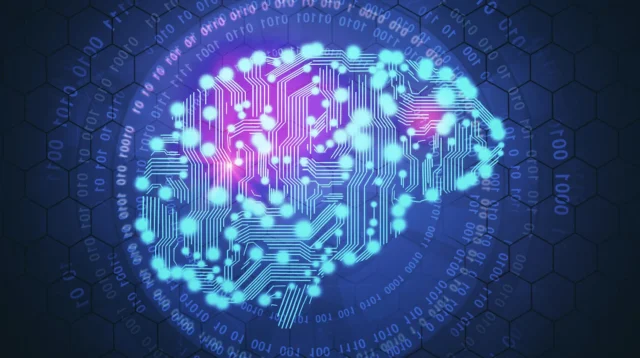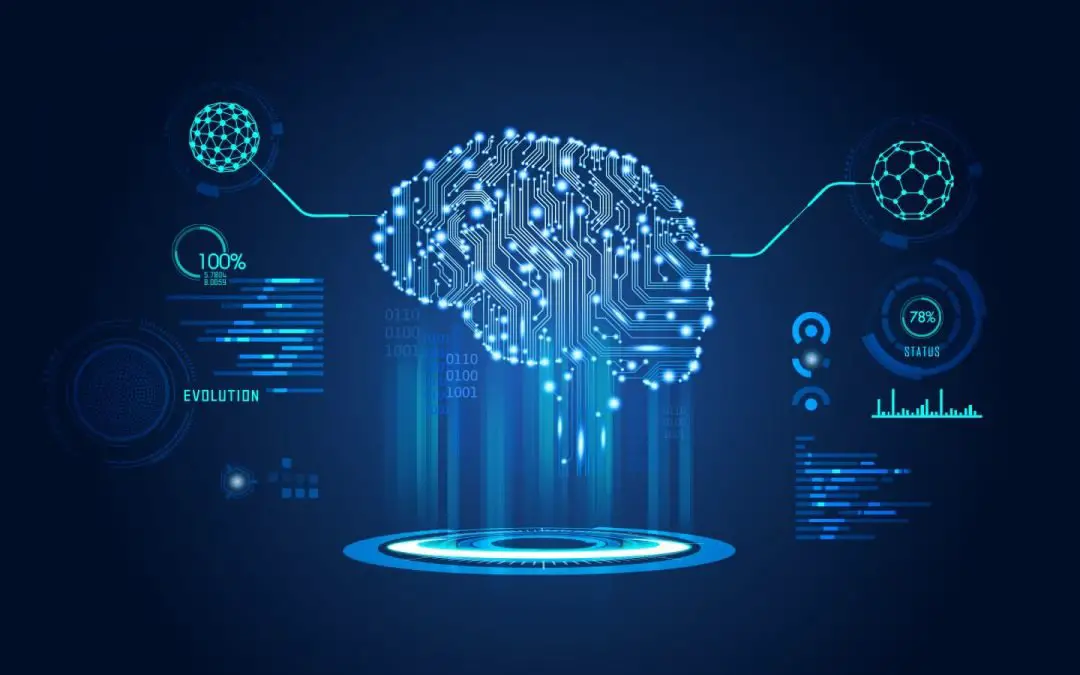Machine learning (ML) has become a transformative force across various industries, allowing software applications to analyze data, make predictions, and improve over time. Integrating machine learning models into software applications can enhance functionality and provide users with valuable insights. This blog will guide you through the process of using machine learning models in software applications, from model development to deployment.

Table of Contents
Toggle1. Understanding the Basics of Machine Learning
Before diving into implementation, it’s essential to understand the fundamentals of machine learning:
- Types of Machine Learning:
- Supervised Learning: Models are trained on labeled data (e.g., regression, classification).
- Unsupervised Learning: Models find patterns in unlabeled data (e.g., clustering).
- Reinforcement Learning: Models learn by interacting with an environment and receiving feedback.
- Common Use Cases: Predictive analytics, image recognition, natural language processing (NLP), recommendation systems, and anomaly detection.
2. Collecting and Preparing Data
The success of a machine learning model heavily relies on the quality of data. Follow these steps for data collection and preparation:
2.1 Data Collection
- Identify Data Sources: Determine where to gather data (e.g., databases, APIs, user inputs).
- Data Types: Collect structured data (e.g., CSV, SQL) and unstructured data (e.g., text, images).
2.2 Data Preprocessing
- Data Cleaning: Remove duplicates, handle missing values, and eliminate outliers.
- Feature Engineering: Create new features that enhance model performance based on domain knowledge.
- Data Normalization: Standardize or normalize data to ensure consistent scaling.
3. Choosing the Right Machine Learning Model
Select a machine learning model that best suits your problem and data characteristics. Consider the following:
- Model Selection: Research different algorithms based on the type of problem:
- Regression: Linear regression, decision trees, support vector regression.
- Classification: Logistic regression, random forests, neural networks.
- Clustering: K-means, hierarchical clustering, DBSCAN.
- Library and Framework Options: Choose from popular libraries such as:
- Scikit-learn: A versatile library for various machine learning tasks.
- TensorFlow/Keras: Best suited for deep learning applications.
- PyTorch: Great for research and dynamic computational graphs.
4. Training the Model
Once you’ve selected a model, follow these steps to train it:
4.1 Split Data
- Training and Testing Sets: Divide your dataset into training (usually 70-80%) and testing (20-30%) sets to evaluate model performance.
4.2 Model Training
- Fit the Model: Use the training dataset to train the model. For example, using Scikit-learn:
python
from sklearn.model_selection import train_test_split
from sklearn.linear_model import LinearRegression
model = LinearRegression()
model.fit(X_train, y_train)
4.3 Model Evaluation
- Evaluate Performance: Use metrics such as accuracy, precision, recall, F1 score, or mean squared error (MSE) to assess the model’s performance on the testing dataset.
python
from sklearn.metrics import mean_squared_errorpredictions = model.predict(X_test)
mse = mean_squared_error(y_test, predictions)
print(f’Mean Squared Error: {mse}‘)
5. Integrating the Model into Software Applications
5.1 Export the Model
Once trained, export your model for integration into your application. Common formats include:
- Pickle: A Python-specific serialization format.
- ONNX: A standard for representing machine learning models across frameworks.
Example of exporting a model using Pickle:
import pickle
# Save the model to a file
with open(‘model.pkl’, ‘wb’) as file:
pickle.dump(model, file)
5.2 Load the Model in Your Application
Load the trained model in your application for inference. For instance:
# Load the model
with open('model.pkl', 'rb') as file:
loaded_model = pickle.load(file)new_data = [[value1, value2, …]]
predictions = loaded_model.predict(new_data)
6. Building a User Interface for Interaction
Create a user-friendly interface that allows users to interact with the model. This could be a web application, mobile app, or desktop application.
6.1 Web Application Example
Using frameworks like Flask or Django, you can build a simple web application that accepts user inputs, processes them through the model, and displays the results.
from flask import Flask, request, jsonify
app = Flask(__name__)
@app.route(‘/predict’, methods=[‘POST’])
def predict():
data = request.json
input_data = [[data[‘feature1’], data[‘feature2’], …]]
prediction = loaded_model.predict(input_data)
return jsonify({‘prediction’: prediction.tolist()})
if __name__ == ‘__main__’:
app.run(debug=True)
7. Monitoring and Maintenance
7.1 Monitor Performance
Regularly monitor the model’s performance in a production environment to ensure it continues to deliver accurate predictions.
7.2 Retrain the Model
Periodically retrain the model with new data to improve accuracy and adapt to changing patterns.
Conclusion
Integrating machine learning models into software applications can significantly enhance functionality and user experience. By following the outlined steps—from data collection and model training to deployment and monitoring—you can effectively harness the power of machine learning in your applications. As technology evolves, embracing machine learning will be crucial for staying competitive and meeting user needs in an increasingly data-driven world.


No responses yet